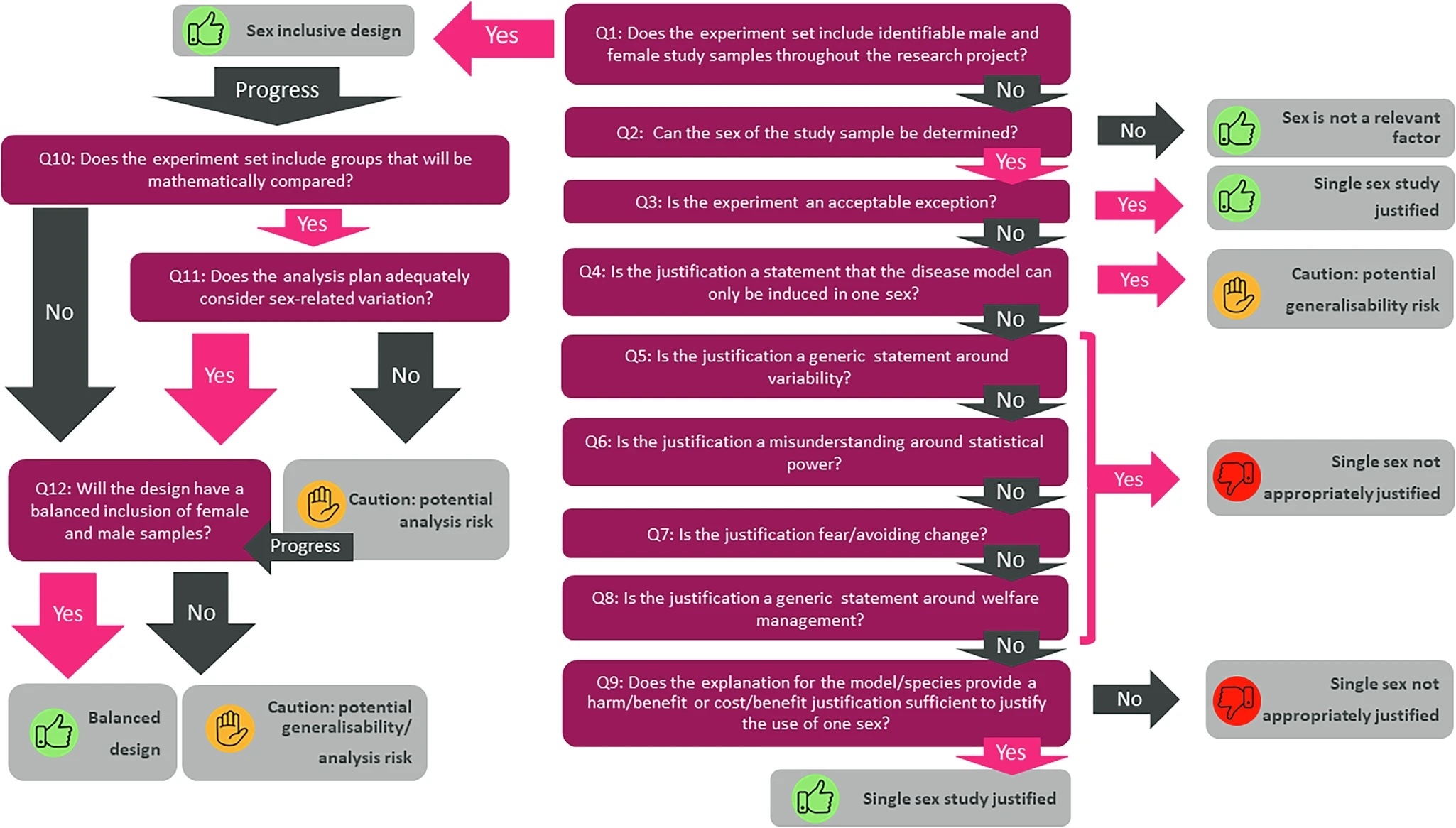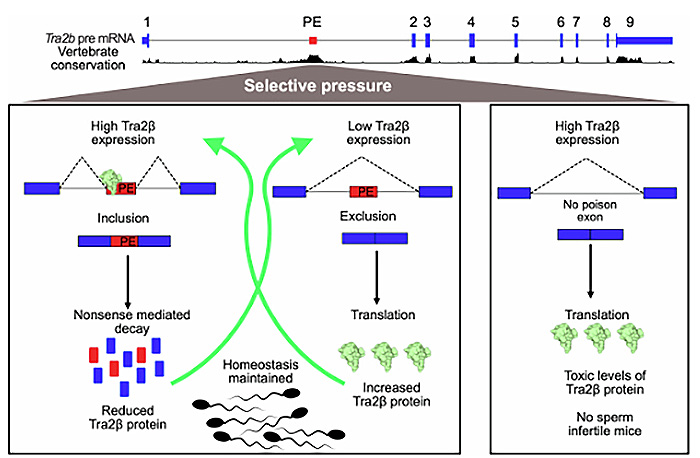
An important paper entitled “Linking the FTO obesity rs1421085 variant circuitry to cellular, metabolic, and organismal phenotypes in vivo” by Laber and Forcisi et al. was published in Science Advances on 21st July.
The paper included work carried out as part of Samantha Laber’s D.Phil. in the Cox group in collaboration with the MLC genome editing group at MRC Harwell. The project was part of a major collaborative effort that includes the Claussnitzer group at the Broad Institute and Sara Forcisi and her colleagues at the Helmholtz Zentrum München, the German Centre for Diabetes Research (DZD) as well as other Institutes.
The paper establishes cross-species conservation of the Body Mass Index (BMI) FTO locus regulatory circuitry at the molecular, cellular, metabolic, and organismal level, revealing previously unknown contextual dependence of the variant’s action. Strikingly, genetically determined effects on steroid patterns in males, dependent on nutritional challenge and conserved across mice and humans, were found.
Our study is one of three key papers published this year that begin to explain the functional basis of the FTO BMI association, linking regulatory changes to relevant in vivo physiology.
Read the paper here.


